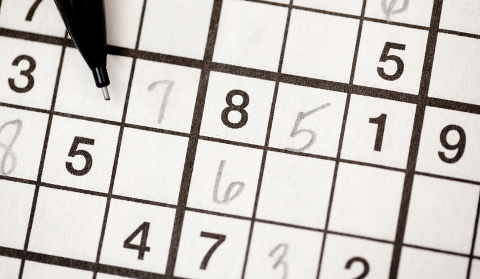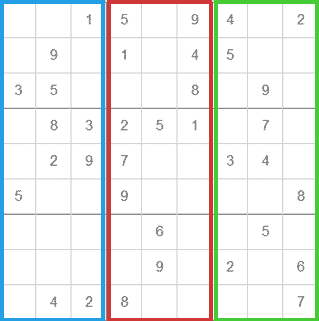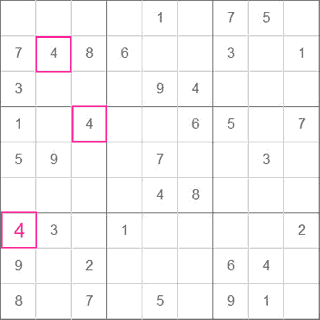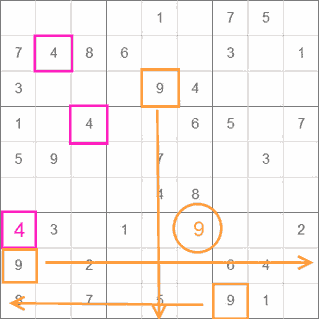Archive Sudoku Online
Did you miss one Sudoku? No problem! In the archive you will find all previous Sudoku puzzles. They are just waiting to be solved by you. Choose from:
Print out Sudoku:
Print Sudoku – how it works
As a service, in addition to playing Sudoku online, we enable you to print the puzzle. Choose your Sudoku, a date and a difficulty level from easy to very difficult. Click "Print". The desired Sudoku opens in a new window. Right-click anywhere in the window. A dialog box opens in which you can select "Print". Then follow the instructions.
Good to know about Sudoku Puzzle
Before you try our online Sudoku, we offer a little background knowledge for you. Have you ever wondered where the game comes from and who invented it? It all started in 1979, when Howard Garns, aged 74, published Sudoku anonymously in a puzzle magazine. At that time the inventor called his puzzle "Number Place". In Japan, where the game first found success, the Japanese gave it the name "Su Doku". In took longer for the game to reach Germany and the rest of Europe. Though nothing has changed in the game, Sudoku has now become a popular puzzle in Europe, especially in Germany. Its success continues until today, though Howard Garns did not live to see this hype. Shortly before the game's great breakthrough, at the age of 84, he succumbed to cancer and was buried in Indianapolis in 1989. Meanwhile, the game has become so popular that many Sudoku variants exist. Here you will find the most popular and most common version: The classic Sudoku.
Sudoku Rules
Sudoku rules are easy. Every game consists of 3×3 blocks, which in turn are divided into 3×3 boxes. This gives you 81 fields in nine rows and nine columns. Some of the boxes already contain numbers. The more difficult the puzzle, the fewer pre-set numbers are in the solution as the default. The remaining fields should be filled in with numbers from 1 to 9. Each number may occur only once per block and in each horizontal and vertical row. That sounds easier than it is. Some solution strategies will help you solve your Sudoku better.
To solve Sudoku: Two easy ways to success
You don’t necessarily need a certain strategy for solving a Sudoku. But it is obvious that a well-structured approach can make it easier.
Strategy 1: Observe column values, restrict numbers
With this solution approach, which is well suited for filling the first fields, you should look specifically for numbers in the section, where already many numbers are located. By step-by-step exclusion of the numbers from 1-9 you will find in the best case only one possible number for the considered box. In any case, the possible amount of usable numbers can be narrowly limited. With this principle you are now working on all blocks in Sudoku that meet these criteria. In this way, step-by-step you can always fill out more vacancies.
Strategy 2: One possible value
For this Sudoku solution approach, you should consider the individuals blocks in the puzzle. Parallel columns with the same values are often found. If you find two such columns in your puzzle, proceed as follows: locate the third parallel column and consider where the number you are looking for might be used in the block. Often there are maximum two possible places, in the best case you will find directly the right place for the number. According to this scheme you can check all parallel lines of Sudoku. It is worth combining different solution approaches to solve a puzzle quicker, minimizing false solutions.

With Sudoku online your pen never gets empty and your notebook never gets full.



